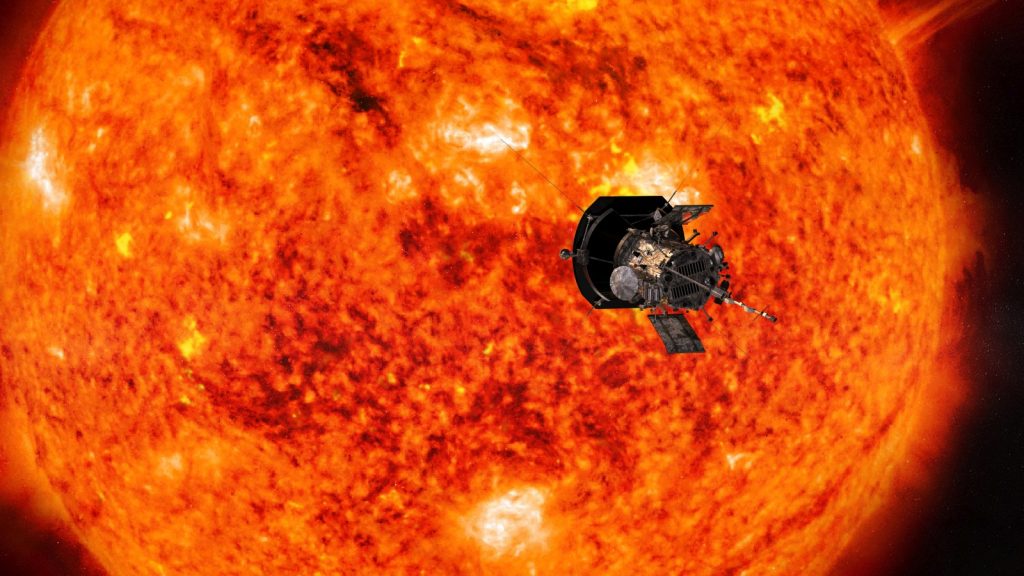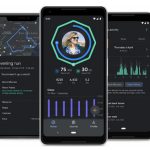OpenAI has launched GPT 5.2, a major model upgrade now available in both the API and ChatGPT. It is described as the company’s most…
NASA’s sun-kissed probe has already beamed 22GB of data back to Earth

Remember the Parker Solar Probe? NASA’s pioneering spacecraft has completed its first two orbits of the Sun in May, the agency announced.
Incredibly, all went well according to NASA, so well in fact that the vessel sent back 22GB of data back to Earth. That’s a lot more than what data-hungry scientists were expecting.
The voluminous data dump is thanks to its telecommunications systems’ “better-than-expected” performance.
Earlier this year, #ParkerSolarProbe downlinked all of the planned science data from its first two passes by the Sun. Now, thanks to better-than-expected performance, the spacecraft is sending back an additional 25 GB of bonus science data! 🛰〰️🌎 https://t.co/ZiRE9IW8NJ pic.twitter.com/IRGncGLrTz
— NASA Sun & Space (@NASASun) August 1, 2019
And there’s more data coming. NASA is instructing the probe to beam back a further 25GB of intel gathered from its second orbit around the giant fiery ball of love at the centre of our planetary system.
The download itself — or downlink, as NASA terms it — will be complete on 15 August, just 12 days after its third orbit concludes on 27 August.
The Parker Solar Probe has already broken a a slew of records early into its mission. En route to the Sun, it broke the speed record for a human-made object, travelling at 95 kilometres per second. As the craft nears the Sun, it’ll continue to break its own record too.
A total of 24 orbits of the Sun are planned, as NASA intends to gather data about the star’s corona — it’s outermost atmosphere that extends millions of kilometres from its surface — its solar winds, and sun spots.
Studying these elements of the Sun, especially for an Earth that’s more reliant on technology than ever before, has never been more important. Solar winds can damage satellites and radio technologies on the planet, while sun spots could be linked to fluctuating climactic conditions on Earth.
Scientists have only dipped their toes into the Sun’s mystery thus far, so some theories, like about sun spots, remain unproven. The Parker Space Probe, however, is jumping head-first into the pool. A very, very hot pool.
And yes, it’s the closest humankind has ever been to the Sun, even though it’s not yet within the 3.83-million miles “closest approach” target penned for 2025.
Feature image: NASA/Johns Hopkins APL/Steve Gribben


